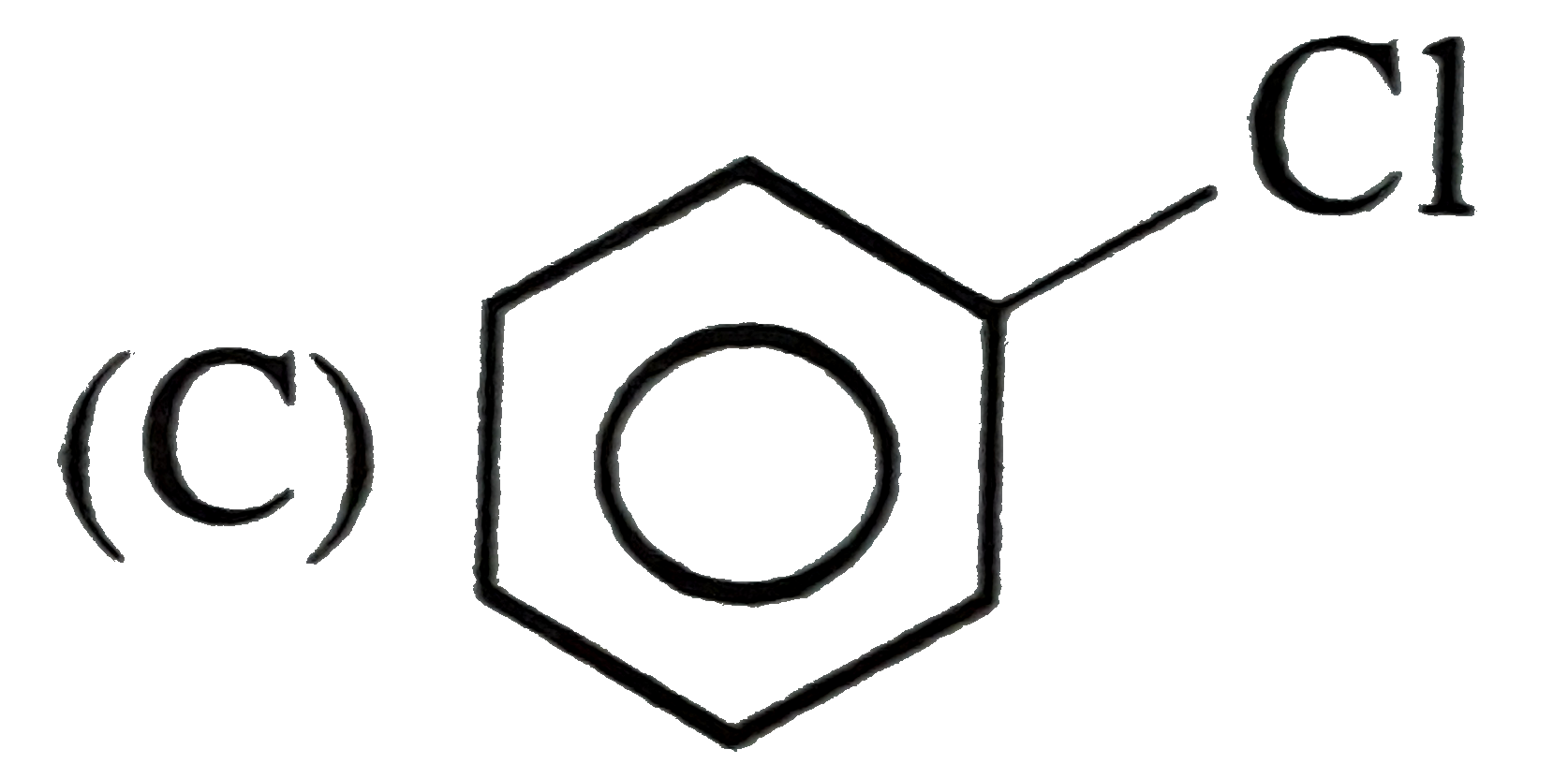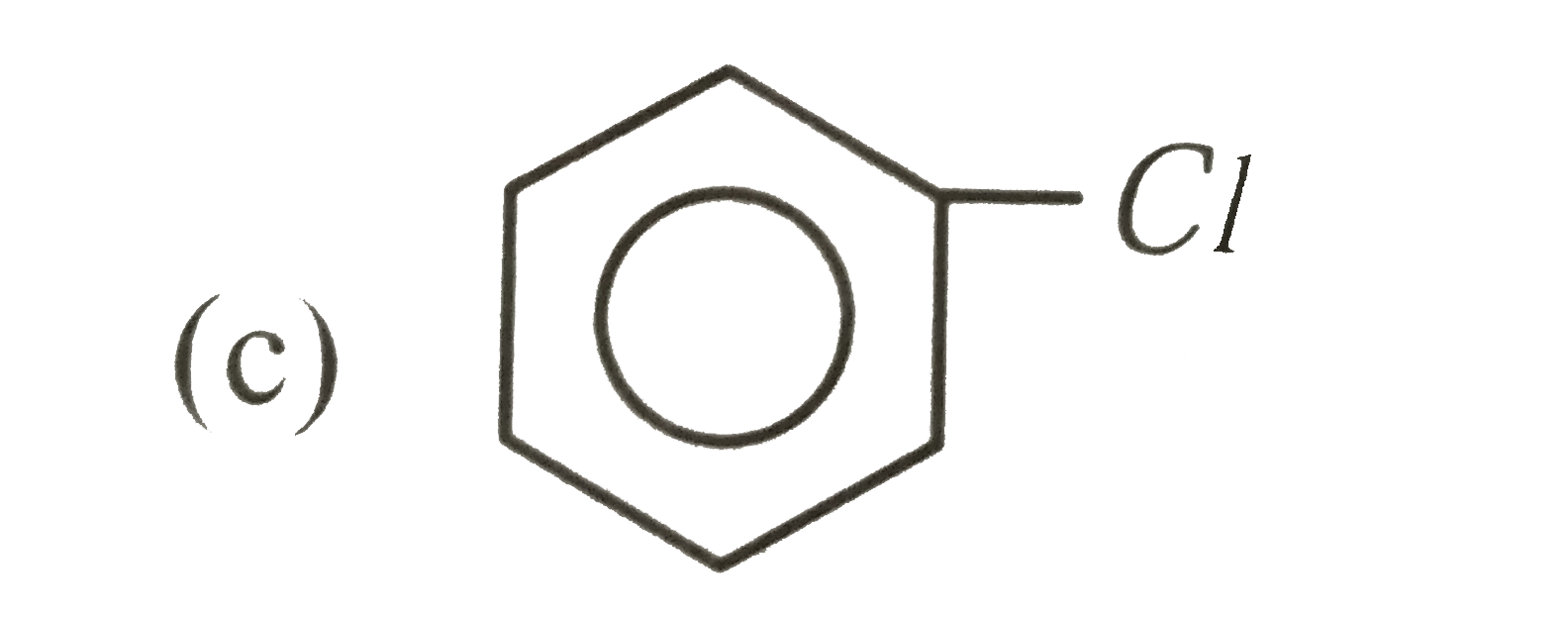Fluoride ion works as a good leaving group in aromatic nucleophilic substitution of 2,4-dinitro fluorobenzene, even though it is a poor leaving group in aliphatic mechanisms.
Step-by-Step Solution:
1. Understanding the Context:
- The question asks why the fluoride ion (F⁻) acts as a good leaving group in the aromatic nucleophilic substitution of 2,4-dinitrofluorobenzene, despite being a poor leaving group in aliphatic SN1 and SN2 mechanisms.
2. Aromatic Nucleophilic Substitution Mechanism:
- In aromatic nucleophilic substitution, the nucleophile attacks the aromatic ring, which leads to the formation of a Meisenheimer complex (an intermediate).
- For 2,4-dinitrofluorobenzene, the presence of two nitro (NO₂) groups at the 2 and 4 positions enhances the electrophilicity of the aromatic ring, making it more susceptible to nucleophilic attack.
3. Nucleophile Attack:
- When a nucleophile (e.g., OH⁻) attacks the carbon atom bonded to the fluoride, the double bond of the aromatic ring shifts, forming a negatively charged intermediate.
- This intermediate is stabilized by resonance, where the negative charge can be delocalized onto the nitro groups.
4. Role of the Nitro Groups:
- The nitro groups are electron-withdrawing groups, which stabilize the negative charge formed during the nucleophilic attack. This stabilization makes the intermediate more favorable and facilitates the leaving of the fluoride ion.
5. Breaking of the C-F Bond:
- The C-F bond is polar due to the high electronegativity of fluorine. This polarity increases the bond's susceptibility to cleavage.
- When the bond breaks, the fluoride ion is released as a leaving group. The negative charge on the fluorine makes it more favorable for the bond to break.
6. Comparison with Aliphatic SN1 and SN2:
- In aliphatic SN1 and SN2 reactions, the fluoride ion is a poor leaving group because the aliphatic carbon is less electrophilic compared to the aromatic system. The stability of the transition state and intermediates is not enhanced by resonance as in the aromatic case.
- Thus, the C-F bond in aliphatic compounds does not break as easily, making fluoride a poor leaving group in those reactions.
7. Conclusion:
- The fluoride ion is a good leaving group in the context of aromatic nucleophilic substitution due to the resonance stabilization provided by the nitro groups and the polar nature of the C-F bond. In contrast, in aliphatic systems, the lack of such stabilization makes fluoride a poor leaving group.
- The question asks why the fluoride ion (F⁻) acts as a good leaving group in the aromatic nucleophilic substitution of 2,4-dinitrofluorobenzene, despite being a poor leaving group in aliphatic SN1 and SN2 mechanisms.
- In aromatic nucleophilic substitution, the nucleophile attacks the aromatic ring, which leads to the formation of a Meisenheimer complex (an intermediate).
- For 2,4-dinitrofluorobenzene, the presence of two nitro (NO₂) groups at the 2 and 4 positions enhances the electrophilicity of the aromatic ring, making it more susceptible to nucleophilic attack.
- When a nucleophile (e.g., OH⁻) attacks the carbon atom bonded to the fluoride, the double bond of the aromatic ring shifts, forming a negatively charged intermediate.
- This intermediate is stabilized by resonance, where the negative charge can be delocalized onto the nitro groups.
- The nitro groups are electron-withdrawing groups, which stabilize the negative charge formed during the nucleophilic attack. This stabilization makes the intermediate more favorable and facilitates the leaving of the fluoride ion.
- The C-F bond is polar due to the high electronegativity of fluorine. This polarity increases the bond's susceptibility to cleavage.
- When the bond breaks, the fluoride ion is released as a leaving group. The negative charge on the fluorine makes it more favorable for the bond to break.
- In aliphatic SN1 and SN2 reactions, the fluoride ion is a poor leaving group because the aliphatic carbon is less electrophilic compared to the aromatic system. The stability of the transition state and intermediates is not enhanced by resonance as in the aromatic case.
- Thus, the C-F bond in aliphatic compounds does not break as easily, making fluoride a poor leaving group in those reactions.
- The fluoride ion is a good leaving group in the context of aromatic nucleophilic substitution due to the resonance stabilization provided by the nitro groups and the polar nature of the C-F bond. In contrast, in aliphatic systems, the lack of such stabilization makes fluoride a poor leaving group.
Topper's Solved these Questions
- BOOK - FIITJEECHAPTER - ALKYL AND ARYL HALIDESEXERCISE - SOLVED PROBLEMS [SUBJECTIVE]17videos
ALKYL AND ARYL HALIDES
- BOOK - FIITJEECHAPTER - ALKYL AND ARYL HALIDESEXERCISE - SOLVED PROBLEMS [OBJECTIVE]21videos
ALKYL AND ARYL HALIDES
- BOOK - FIITJEECHAPTER - ALDEHYDES AND KETONES EXERCISE - MATCHING LIST QUESTIONS2videos
ALDEHYDES AND KETONES
- BOOK - FIITJEECHAPTER - ATOMIC STRUCTUREEXERCISE - NUMERICAL BASED QUESTIONS INDICATED BY DIGITAL INTEGER BY XXXXX.XX2videos
ATOMIC STRUCTURE
Similar Questions
Knowledge Check
- Question 1 - Select One
Write down nucleophilic substitution (SN2) order for following.
 Ai>ii>iii>ivBiv>iii>ii>iCi>iiiii>ivDiii>i>ii>iv
Ai>ii>iii>ivBiv>iii>ii>iCi>iiiii>ivDiii>i>ii>iv - Question 2 - Select One
Which is least reactive towards nucleophilic substitution (SN2)
ACH2=CH−CH2ClB(CH3)3CClC DCH3CHClCH3
DCH3CHClCH3 - Question 3 - Select One
Which is least reactive towards nucleophilic substitution (SN2)
ACH3=CH−CH2ClB CH3 |CH3−C−Cl | CH3C DCH3−CH(Cl)CH3
DCH3−CH(Cl)CH3
Correct order of leaving group
ability for SN2 reaction is :View SolutionWhich of the following undergoes nucleophilic substitution exclusively SN1 mechanism?
View SolutionWhich of the following easily undergo nucleophilic substutition by SN1 mechanism in butanol
View SolutionAmino group, −NH2 is ortho, para-directing group in case of aromatic electrophilic substitution but nitration of aniline produce a good amount of m-nitroaniline. This is because
View SolutionWhich of the following undergoes nucleophilic substitution exclusively SN1 mechanism?
View Solution

